Home>Furniture>Outdoor Furniture>How To Protect Patio Furniture
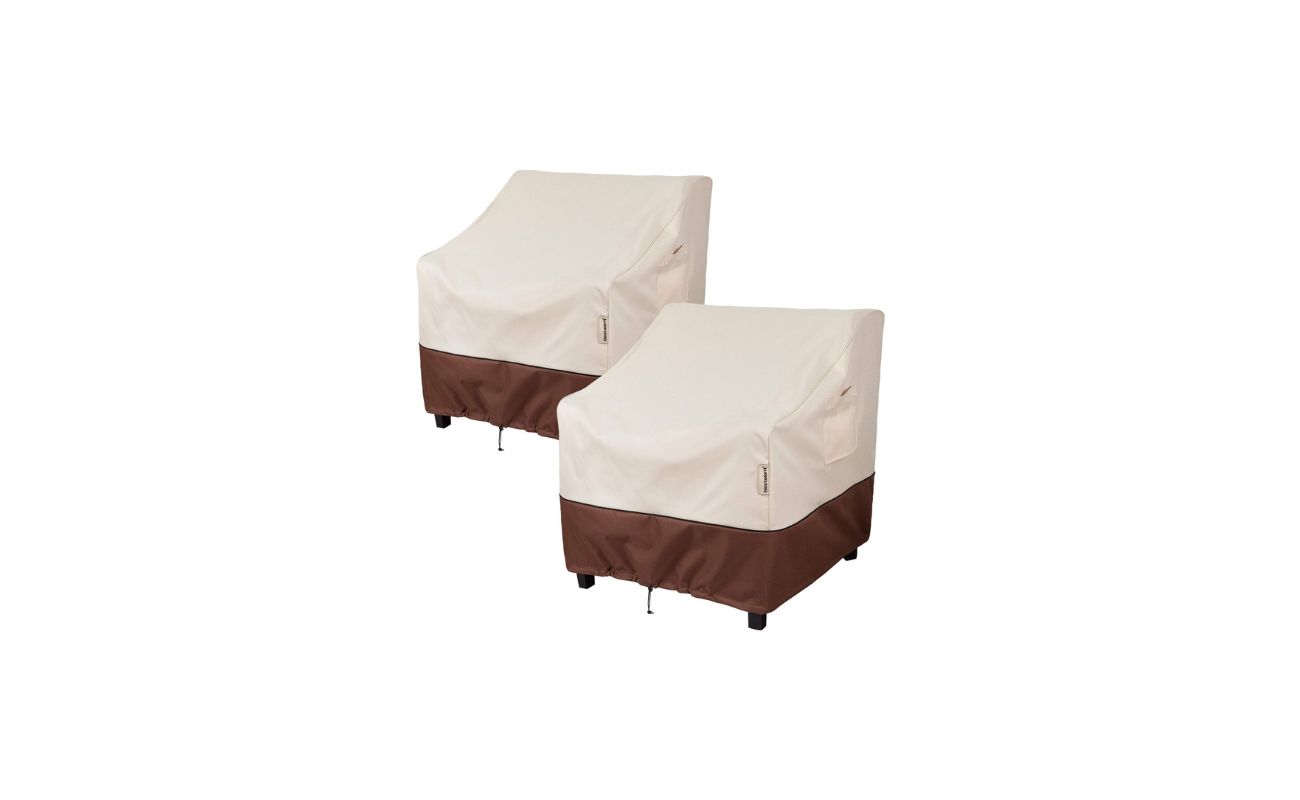

Outdoor Furniture
How To Protect Patio Furniture
Modified: October 18, 2024
Learn how to protect your outdoor furniture with these helpful tips and tricks. Keep your patio furniture looking great and lasting longer with our expert advice.
(Many of the links in this article redirect to a specific reviewed product. Your purchase of these products through affiliate links helps to generate commission for Storables.com, at no extra cost. Learn more)
Introduction:
Outdoor furniture can be a valuable investment, providing a comfortable and inviting space for relaxing and entertaining in your outdoor area. However, being exposed to the elements can take a toll on your patio furniture. Rain, sun, wind, and even dust can cause damage over time and diminish the lifespan of your furniture.
Fortunately, there are steps you can take to protect your patio furniture and ensure its longevity. In this article, we will guide you through a series of practical tips to keep your outdoor furniture looking its best, no matter the weather conditions.
By following these recommendations, you can enjoy your outdoor furniture for years to come, adding beauty and functionality to your outdoor space.
Key Takeaways:
- Choose the right material for your outdoor furniture to ensure durability and low maintenance, considering your local climate and desired aesthetic.
- Regularly clean, dry, and maintain your outdoor furniture, use protective covers, and store it during extreme weather to prolong its lifespan and keep it looking its best.
Read more: How To Protect Outdoor Teak Furniture
Step 1: Choose the Right Material:
When selecting outdoor furniture, the type of material it’s made from plays a crucial role in its durability and resistance to weather conditions. Different materials have different strengths and weaknesses, so it’s essential to consider your local climate and the level of maintenance you’re willing to undertake.
Here are some popular materials used in outdoor furniture:
- Teak: Teak is a popular choice for outdoor furniture due to its natural resistance to water, insects, and rot. It is often left untreated, as it weathers beautifully to a silver-gray patina over time. However, if you prefer to maintain its original golden color, regular teak oil application is necessary.
- Aluminum: Aluminum is lightweight, rust-resistant, and easy to maintain. It is commonly used for outdoor furniture frames and is often paired with other materials like resin wicker or sling fabric for seating surfaces. Powder-coated aluminum provides added protection against the elements.
- Wrought Iron: Wrought iron furniture is known for its sturdiness and classic appeal. It is highly durable and can withstand harsh weather conditions. To protect against rust, make sure the furniture is properly coated with a weather-resistant finish.
- Resin Wicker: Resin wicker is a synthetic material that mimics the natural look of wicker but is more resistant to moisture and UV rays. It is a popular choice for outdoor furniture as it is lightweight, easy to clean, and doesn’t require much maintenance.
- Plastic: Plastic furniture is affordable, lightweight, and resistant to moisture. However, it can be less durable than other materials and may fade or become brittle over time when exposed to sunlight. Look for high-quality, UV-stabilized plastic furniture for better longevity.
When choosing outdoor furniture, consider the level of upkeep you are willing to commit to. Some materials may require regular cleaning, coating, or covering, while others are more low-maintenance. Additionally, keep in mind the overall aesthetic you want to achieve, as different materials offer varying styles and finishes.
By selecting the right material for your outdoor furniture, you’ll be setting a solid foundation for long-lasting durability and protection against the elements.
Step 2: Keep Furniture Clean and Dry:
Maintaining clean and dry outdoor furniture is essential to prevent the buildup of dirt, moisture, and stains, which can accelerate wear and tear. Regular cleaning and proper drying techniques will help keep your furniture looking its best for years to come.
Here are some tips to keep your outdoor furniture clean and dry:
- Regular Cleaning: Start by removing loose debris such as leaves, twigs, or dirt using a brush or a gentle spray of water. For more thorough cleaning, use a mild detergent mixed with water and a soft brush or sponge. Avoid using abrasive cleaners or brushes as they can damage the furniture’s finish.
- Address Stains Promptly: If you notice any stains on your furniture, address them promptly. For fabric cushions, check the manufacturer’s guidelines for the recommended cleaning method. For other materials, such as plastic or metal, a mixture of water and mild soap should do the trick. Rinse thoroughly and allow the furniture to dry completely before using or covering it.
- Avoid Excessive Moisture: Excessive moisture can lead to mold, mildew, and rot. If your furniture gets wet due to rain or spills, make sure to dry it thoroughly. Wipe down surfaces with a towel or let the furniture air dry in bright sunlight. If you live in a particularly wet climate, consider using a waterproof furniture cover during rainy seasons.
- Use Proper Cushion Storage: If your outdoor furniture has cushions, it’s important to store them properly when not in use. If the cushions are removable, bring them inside during inclement weather or store them in a dry, ventilated area. If leaving them outside, consider using storage bins or outdoor cushion bags to protect them from rain or excessive sun exposure.
- Invest in Furniture Covers: Using furniture covers is an effective way to shield your outdoor furniture from the elements. Choose covers that are specifically designed to fit your furniture’s dimensions and provide sufficient protection against rain, UV rays, and dust. Opt for breathable covers that allow air circulation to prevent mold and mildew growth.
By following these cleaning and drying practices, you’ll be able to maintain the pristine condition of your outdoor furniture and extend its lifespan.
Step 3: Use Furniture Covers:
Using furniture covers is an effective way to provide additional protection for your outdoor furniture, especially during periods of extended non-use or inclement weather. Furniture covers act as a barrier against rain, snow, UV rays, dust, and other environmental elements that can cause damage and wear over time.
Here are some tips for using furniture covers:
- Choose the Right Size: Ensure that the furniture cover you choose fits your outdoor furniture properly. Covers that are too small may not provide adequate protection, while those that are too large may allow moisture to seep in. Measure your furniture accurately and choose covers that are designed to fit the specific dimensions of your pieces.
- Opt for Waterproof and Breathable Materials: Look for covers made from waterproof materials such as polyester or vinyl to keep your furniture dry during rain or snow. Additionally, choose covers that are breathable to allow air circulation and prevent the buildup of condensation, which can lead to mold and mildew growth.
- Secure the Covers: Make sure the furniture covers are securely fastened to your outdoor furniture. Many covers come with adjustable straps, buckles, or drawstrings to provide a snug and secure fit. This will prevent the covers from blowing off in strong wind gusts and ensure maximum protection for your furniture.
- Remove Covers Regularly: While furniture covers offer protection, it’s important to periodically remove them to allow your furniture to breathe and prevent moisture buildup. Remove the covers on sunny days to let the furniture air out, and re-cover them when the weather turns unfavorable.
- Store Covers Properly: When not in use, store your furniture covers in a clean and dry area. Make sure they are completely dry before folding and storing them to avoid the growth of mold or mildew. Consider using storage bags or bins to keep the covers organized and protected from dust and pests.
By utilizing furniture covers, you can safeguard your outdoor furniture from the damaging effects of the weather and prolong its lifespan. Remember to choose quality covers and properly maintain them for optimal protection.
Step 4: Store Furniture During Extreme Weather:
Extreme weather conditions, such as heavy rainstorms, hurricanes, or winter snowstorms, can cause significant damage to outdoor furniture. To protect your furniture during these times, it’s advisable to store them in a safe and sheltered location.
Here are some tips for storing furniture during extreme weather:
- Identify a Suitable Storage Area: Find a location where you can store your furniture safely during extreme weather events. This can be a basement, garage, storage shed, or any other covered area that can shield your furniture from the elements.
- Clean and Dry the Furniture: Before storing your outdoor furniture, make sure it is clean and dry. Remove any dirt, debris, or moisture to prevent mold or mildew from developing while in storage.
- Disassemble if Possible: If your furniture is designed to be disassembled, consider taking it apart before storing. This can save space and make it easier to transport and store the individual components.
- Wrap and Cover: It’s a good idea to wrap your furniture in protective materials such as blankets or towels to prevent scratches or damage during storage. Additionally, use furniture covers to provide an extra layer of protection against dust or moisture.
- Elevate off the Floor: If possible, elevate your furniture off the floor to prevent it from sitting in any potential water leaks or puddles. You can use pallets or storage racks to keep the furniture raised and ensure proper air circulation.
- Secure the Storage Area: Make sure that your chosen storage area is secure and protected from potential theft or damage. Lock the doors or gates and consider installing security measures, such as cameras or alarms, for added peace of mind.
- Monitor and Maintain: Periodically check on your stored furniture to ensure it remains in good condition. Keep an eye out for any signs of moisture, pests, or damage and address them promptly to prevent further issues.
By following these steps and storing your furniture during extreme weather conditions, you can minimize the risk of damage or deterioration and ensure that your outdoor furniture remains in excellent condition for years to come.
Cover your patio furniture with waterproof and UV-resistant covers when not in use to protect it from the elements and prolong its lifespan.
Read more: How To Protect Outdoor Rattan Furniture
Step 5: Apply Protective Coatings:
Applying protective coatings to your outdoor furniture can help enhance its durability and resistance to the elements. Depending on the type of material your furniture is made of, there are various protective coatings available that can provide an extra layer of defense against weathering, UV rays, and other damaging factors.
Here are some common types of protective coatings for outdoor furniture:
- Paint: If your furniture is made of wood or metal, painting it with a high-quality outdoor paint can help seal the surface and protect it from moisture and UV damage. Choose paint that is specifically formulated for outdoor use and follow the manufacturer’s instructions for proper application and drying times.
- Finish: Applying a protective finish, such as varnish, lacquer, or sealant, can help seal the surface and provide an additional layer of protection for wood furniture. The finish helps prevent moisture penetration and guards against fading and discoloration caused by prolonged sun exposure.
- Oil or Stain: For wooden furniture, applying an oil or stain can help nourish the wood, enhance its natural color, and provide protection against moisture. Oil penetrates the wood, while stain adds color and forms a barrier against water and UV rays. Follow the manufacturer’s guidelines for proper application and maintenance.
- Protective Sprays: There are specialized protective sprays available for different types of outdoor furniture materials, such as wicker, fabric, or metal. These sprays create a protective barrier that can repel water, resist UV damage, and prevent fading or staining. Make sure to choose a spray suitable for the specific material of your furniture.
- Anti-Rust Coatings: If your outdoor furniture is made of metal, applying an anti-rust coating is vital to prevent corrosion and maintain its appearance. Look for rust-resistant paints or coatings that provide a protective layer against moisture and oxidation.
Before applying any protective coatings, ensure that your furniture is clean and dry. Follow the instructions provided by the coating manufacturer for the best results. Regularly inspect and reapply the coatings as needed, especially after harsh weather conditions or heavy use.
By applying these protective coatings, you can prolong the lifespan of your outdoor furniture and keep it looking stunning for years to come.
Step 6: Arrange Furniture Properly:
Properly arranging your outdoor furniture not only enhances the visual appeal of your outdoor space but also plays a role in maintaining its condition and longevity. Thoughtful placement and positioning can help minimize exposure to elements, prevent damage, and optimize comfort and functionality.
Consider the following tips for arranging your outdoor furniture:
- Maximize Shade: Position your furniture in shaded areas whenever possible to reduce direct sunlight exposure. This helps prevent fading, warping, and deterioration of materials, especially for wooden furniture or fabrics.
- Avoid Obstacles: Ensure that your furniture is not obstructed by trees, plants, or other objects that can cause damage or hinder movement. Leave ample space for people to walk around and use the furniture without any obstructions.
- Provide Proper Ventilation: Arrange your furniture in a way that allows air circulation, especially for cushions or upholstery. This helps prevent the buildup of moisture, mold, and mildew. Leave some space between the furniture and walls or other large structures to facilitate airflow.
- Consider Weight Distribution: When placing furniture on decks or balconies, be mindful of weight distribution. Spread the weight evenly to avoid excessive strain and potential damage to the structure. Use furniture pads or protective coatings to prevent scratches or marks.
- Optimize Comfort: Place seating furniture in areas that provide a pleasant view or focal point, such as a garden or outdoor feature. Consider the direction of sunlight to provide comfortable seating conditions, and add cushions or throws for extra comfort and style.
- Protect Floors and Surfaces: Use furniture pads or coasters underneath furniture legs to protect floors or delicate surfaces like tiles or wood. This prevents scratches or marks caused by constant movement or contact.
- Adjust for Weather Changes: Depending on the season or weather conditions, you may need to rearrange your furniture accordingly. For instance, in areas with heavy rains or strong winds, consider moving lightweight furniture indoors or securing it with anchors or straps.
- Create Conversation Areas: Arrange seating furniture in a way that encourages conversation and facilitates a sense of togetherness. Group chairs and sofas facing each other, with a central table or fire pit as a gathering point.
By arranging your outdoor furniture properly, you not only create an inviting and functional outdoor space but also help protect the furniture from unnecessary damage or wear.
Step 7: Regularly Inspect and Maintain Furniture:
To ensure the long-term durability and optimal performance of your outdoor furniture, regular inspection and maintenance are essential. By taking proactive measures and addressing any issues promptly, you can prevent minor problems from turning into significant damages and extend the lifespan of your furniture.
Follow these tips for inspecting and maintaining your outdoor furniture:
- Check for Visible Damage: Regularly inspect your furniture for any signs of wear, damage, or loose parts. Look for cracks, rust, splintering, or fabric tears. Addressing these issues promptly can help prevent further damage and save you from costly repairs or replacements.
- Tighten Loose Fasteners: Over time, screws, bolts, and other fasteners may become loose due to use or exposure to the elements. Periodically check and tighten any loose fasteners to ensure the stability and structural integrity of your furniture.
- Repair or Replace Damaged Parts: If you notice any significant damage or broken parts, assess whether they can be repaired or need replacement. Depending on the material and complexity of the repair, you may be able to fix the issue yourself or consult a professional for assistance.
- Clean Regularly: Maintain cleanliness by routinely cleaning your outdoor furniture. Remove any dirt, debris, or stains using appropriate cleaning methods for the specific material. Regular cleaning prevents the buildup of grime and extends the life of your furniture.
- Reapply Protective Coatings: If your furniture has protective coatings, regularly assess their condition and reapply as needed. Over time, the coatings may wear off or degrade, especially in harsh weather conditions. Reapplying protective coatings ensures ongoing protection against moisture, UV rays, and other damaging elements.
- Store or Cover During Off-Seasons: If you live in an area with harsh winters or extended periods of inclement weather, consider storing your outdoor furniture indoors or using protective covers during off-seasons. This will provide additional protection and prolong the lifespan of your furniture.
- Follow Manufacturer Guidelines: Pay attention to any specific care and maintenance instructions provided by the manufacturer. Different materials may require different cleaning methods, storage recommendations, or maintenance routines. Adhering to these guidelines will help keep your furniture in excellent condition.
- Consider Professional Restoration: If your furniture requires extensive repairs or refurbishment, consider seeking professional restoration services. Skilled craftsmen can restore the beauty and functionality of your outdoor furniture, breathing new life into worn or damaged pieces.
By regularly inspecting and maintaining your outdoor furniture, you can ensure its longevity, preserve its appearance, and continue to enjoy its comfort and functionality for years to come.
Conclusion:
Protecting your outdoor furniture is key to ensuring its longevity, functionality, and aesthetic appeal. By following the steps outlined in this guide, you can safeguard your furniture from the elements and maintain its condition for years of enjoyment.
Choosing the right materials for your outdoor furniture sets the foundation for durability and resilience. Keeping your furniture clean and dry, using furniture covers, and storing it during extreme weather conditions are vital protective measures that prevent damage and prolong its lifespan.
Applying protective coatings, arranging your furniture properly, and regularly inspecting and maintaining it are also crucial steps in preserving its quality. Taking the time to care for your furniture ensures that it remains in optimal condition, making your outdoor space a welcoming haven for relaxation and entertainment.
Remember, each piece of outdoor furniture requires specific care and attention, so always refer to the manufacturer’s guidelines for proper maintenance. By investing in the well-being of your furniture, you can enjoy its beauty and functionality for many years to come.
So, go ahead and protect your outdoor furniture today to create a stunning and inviting outdoor space that will be the envy of your neighbors and a source of endless joy and relaxation for you and your loved ones.
Frequently Asked Questions about How To Protect Patio Furniture
Was this page helpful?
At Storables.com, we guarantee accurate and reliable information. Our content, validated by Expert Board Contributors, is crafted following stringent Editorial Policies. We're committed to providing you with well-researched, expert-backed insights for all your informational needs.
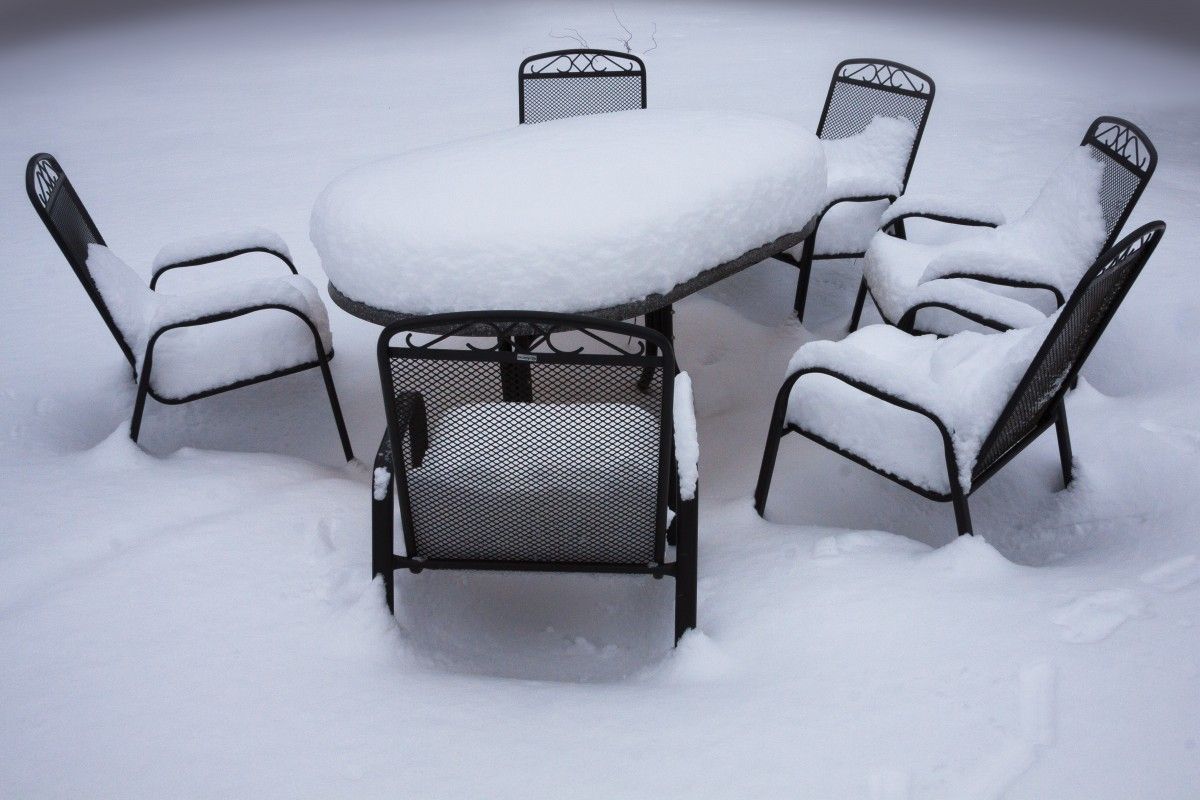
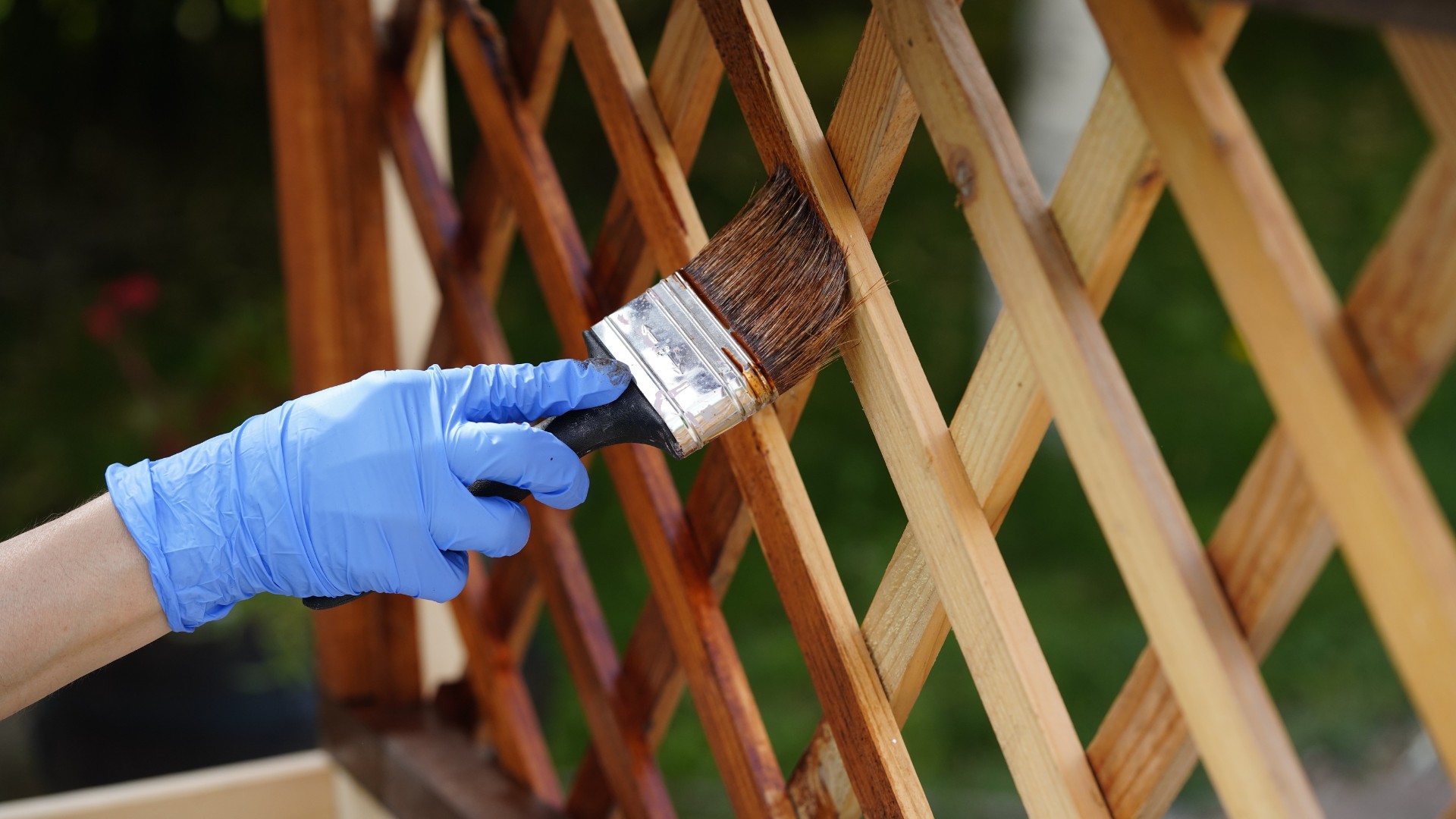
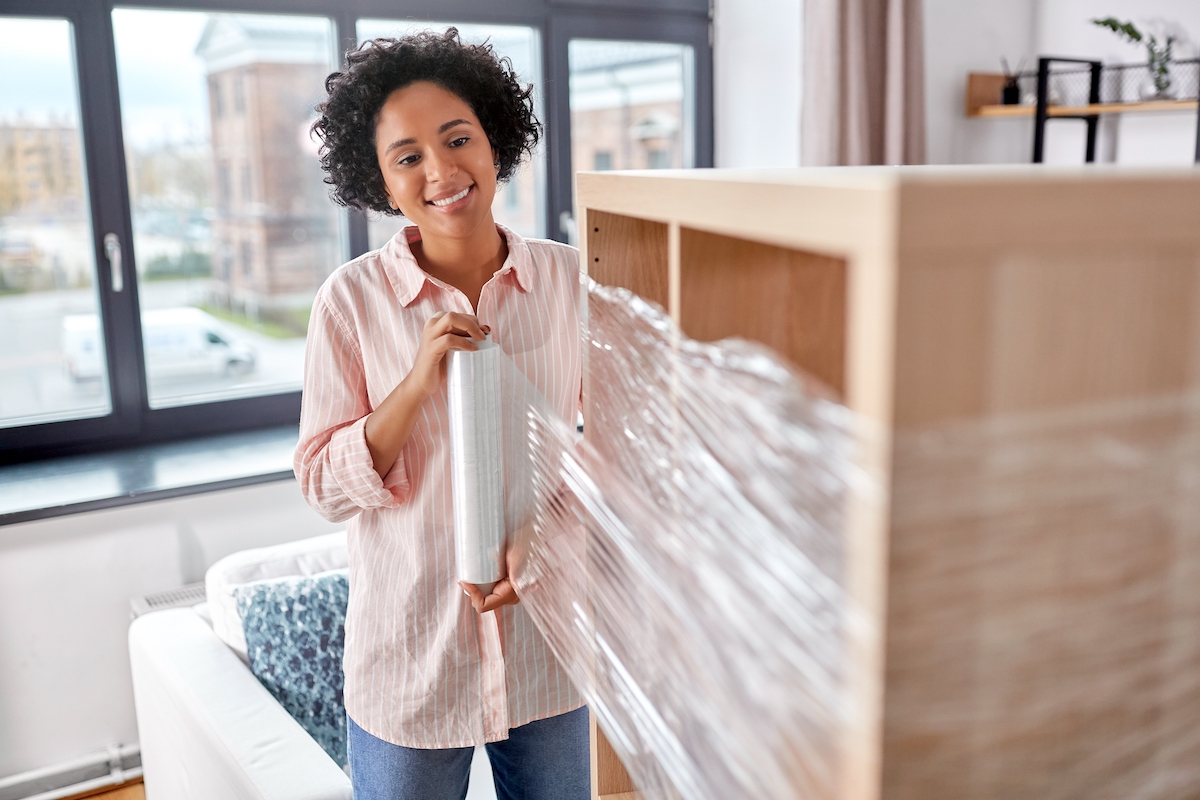
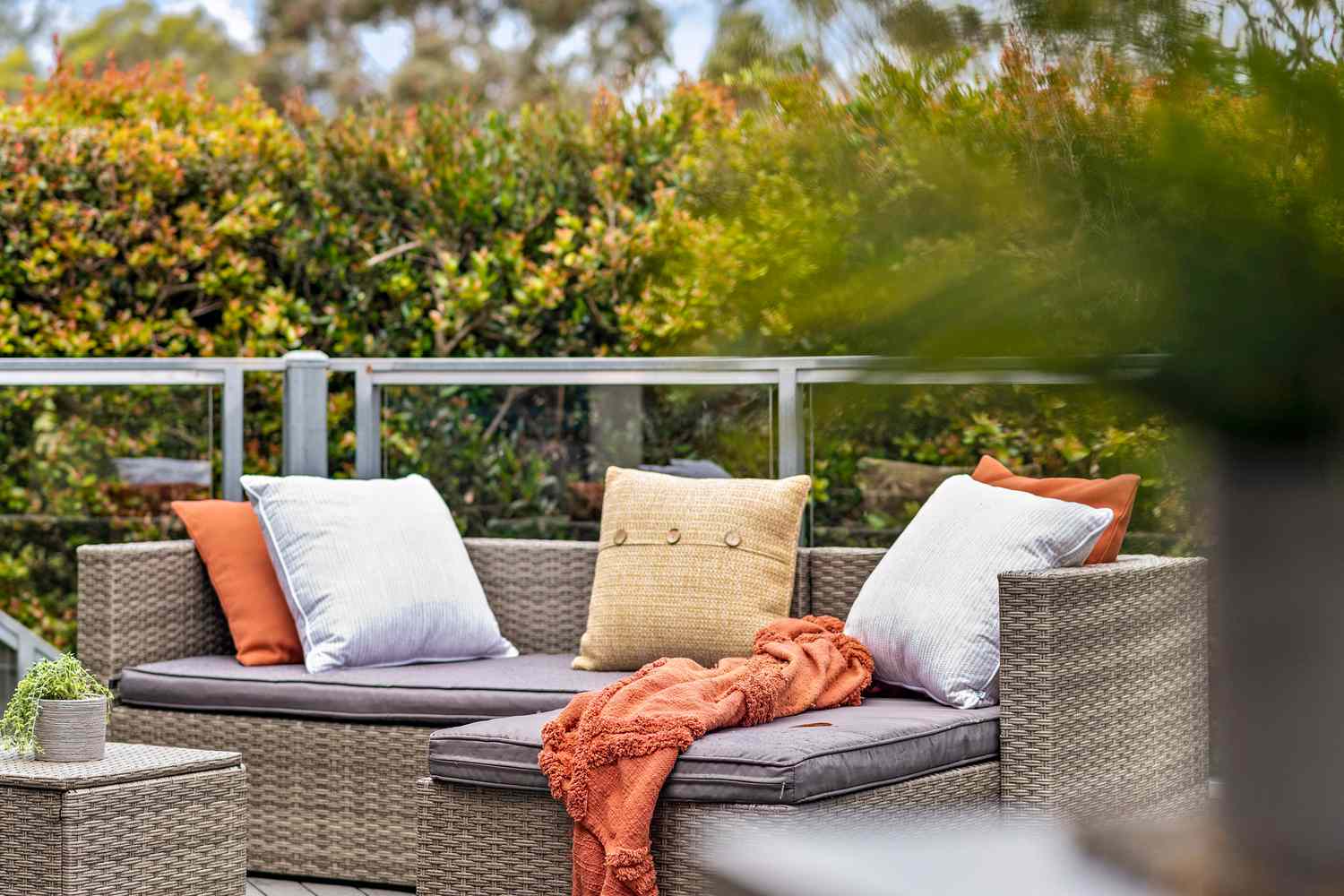
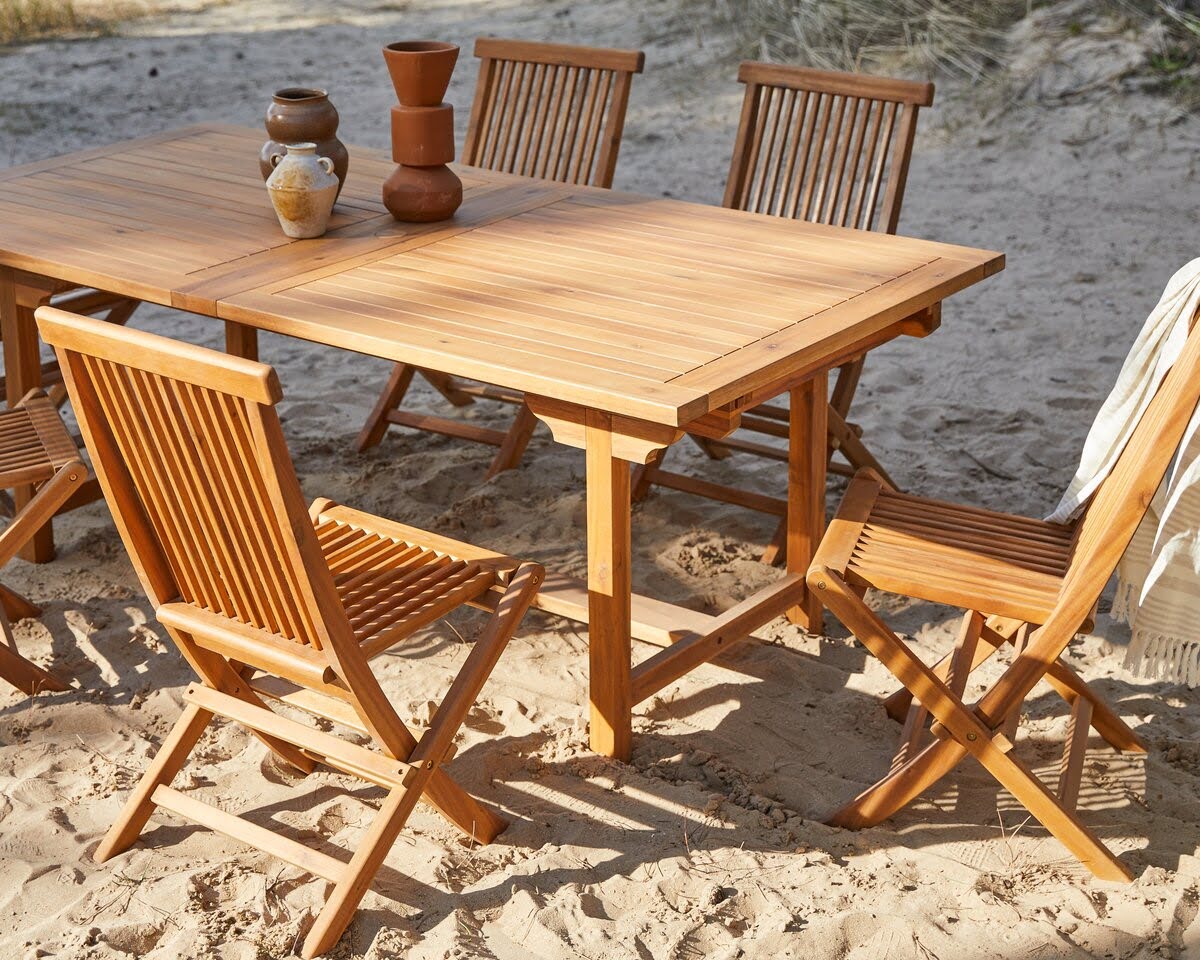
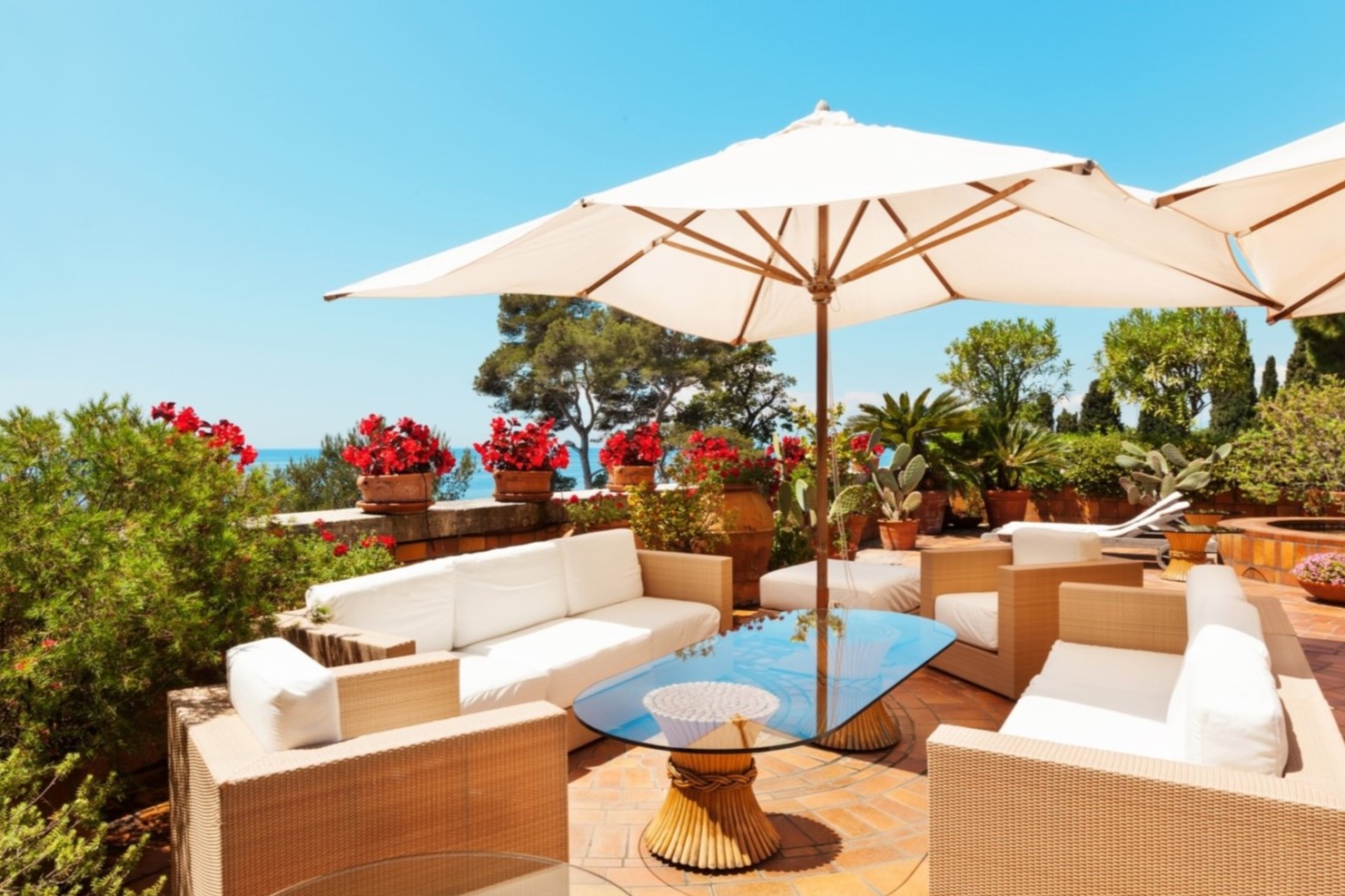
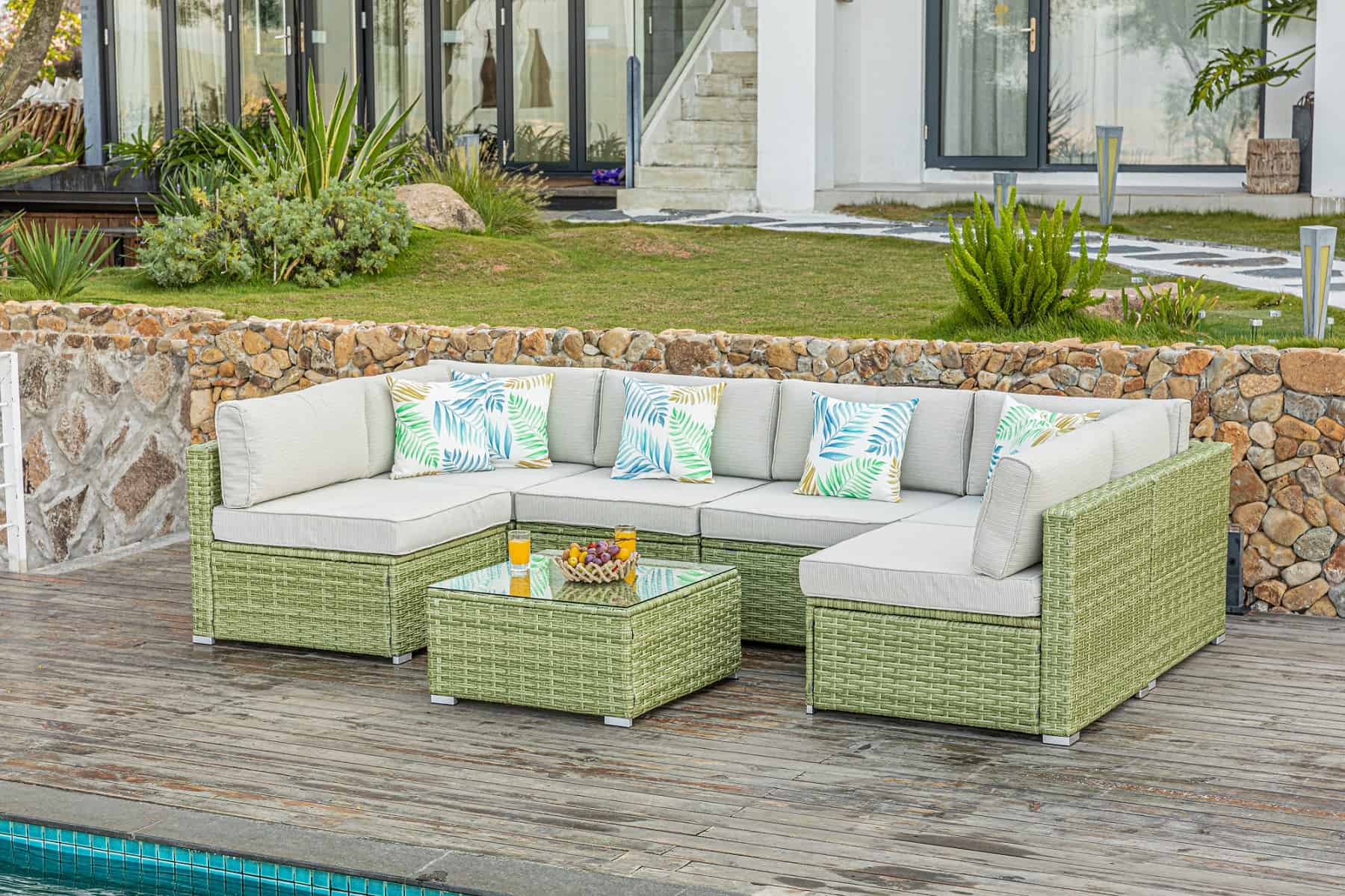
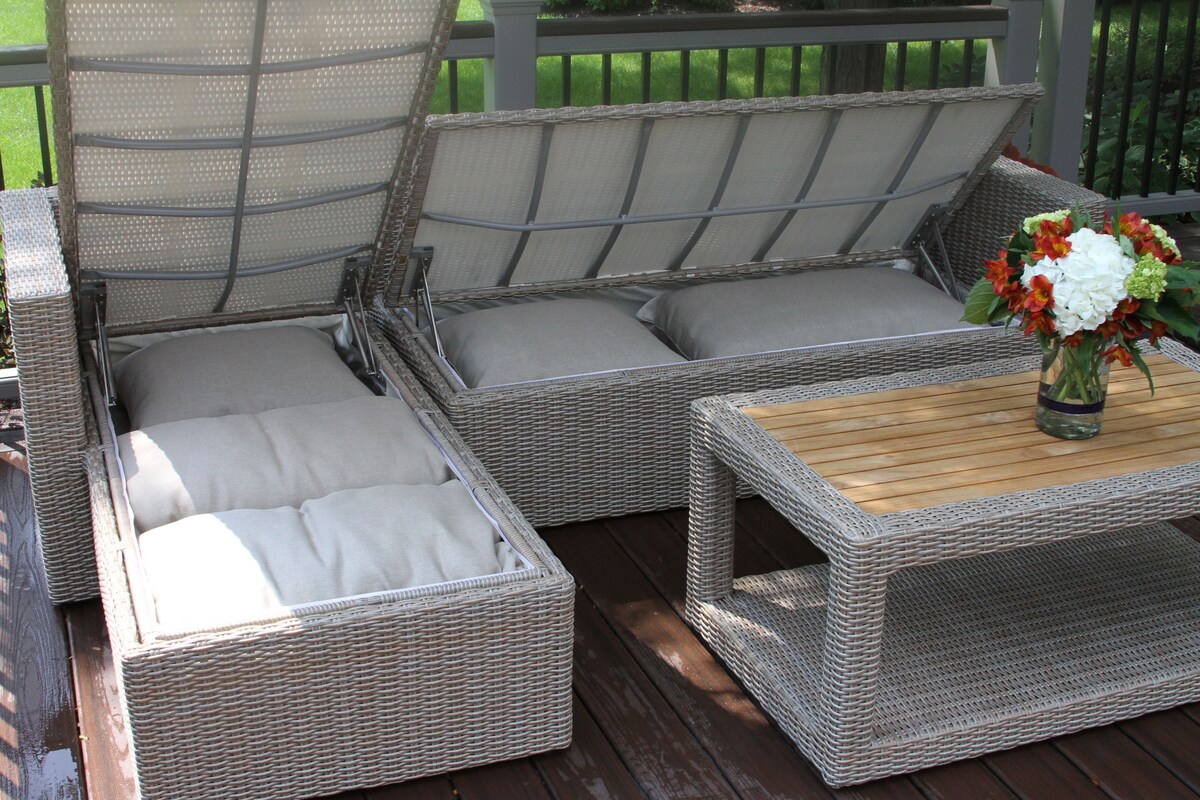
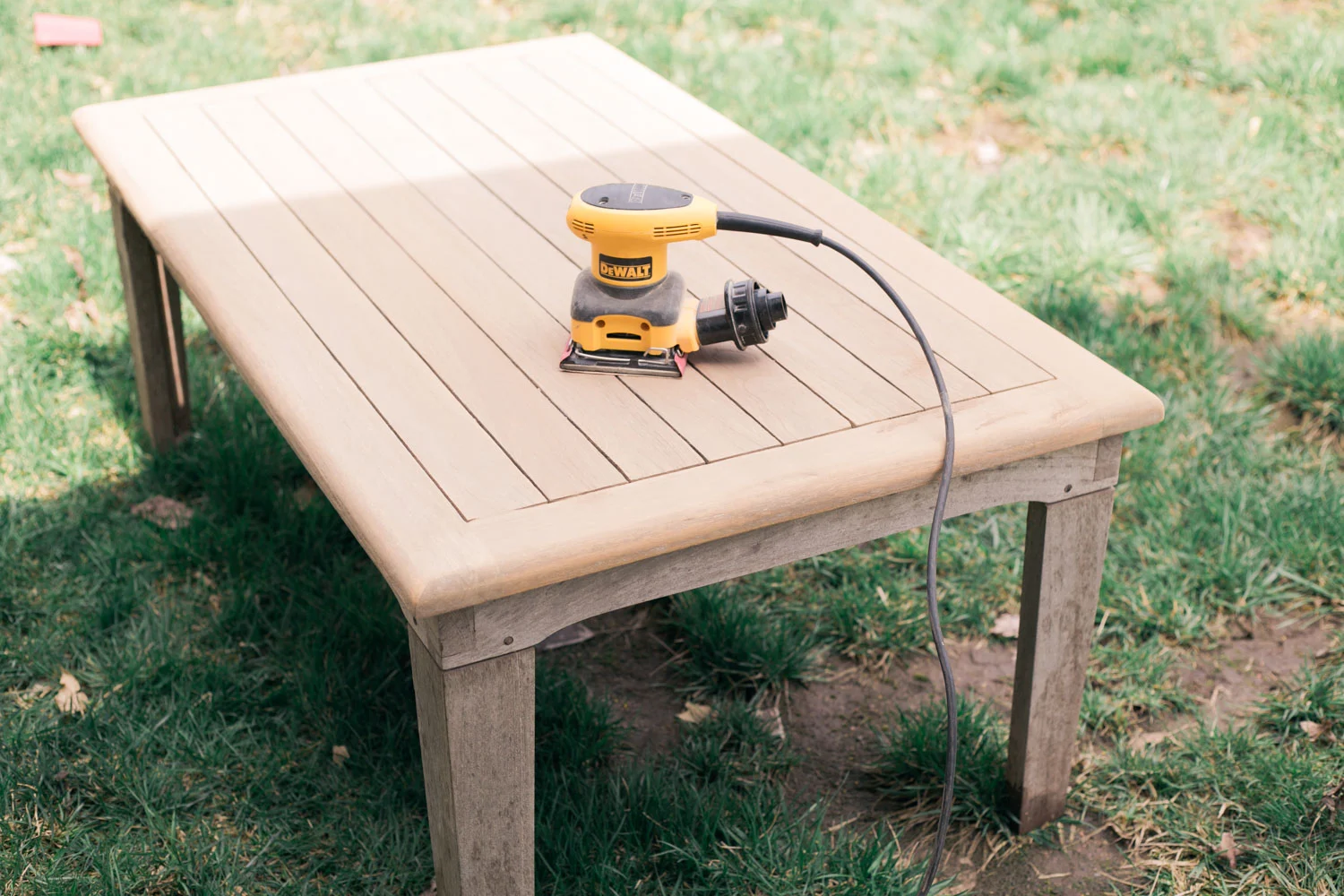
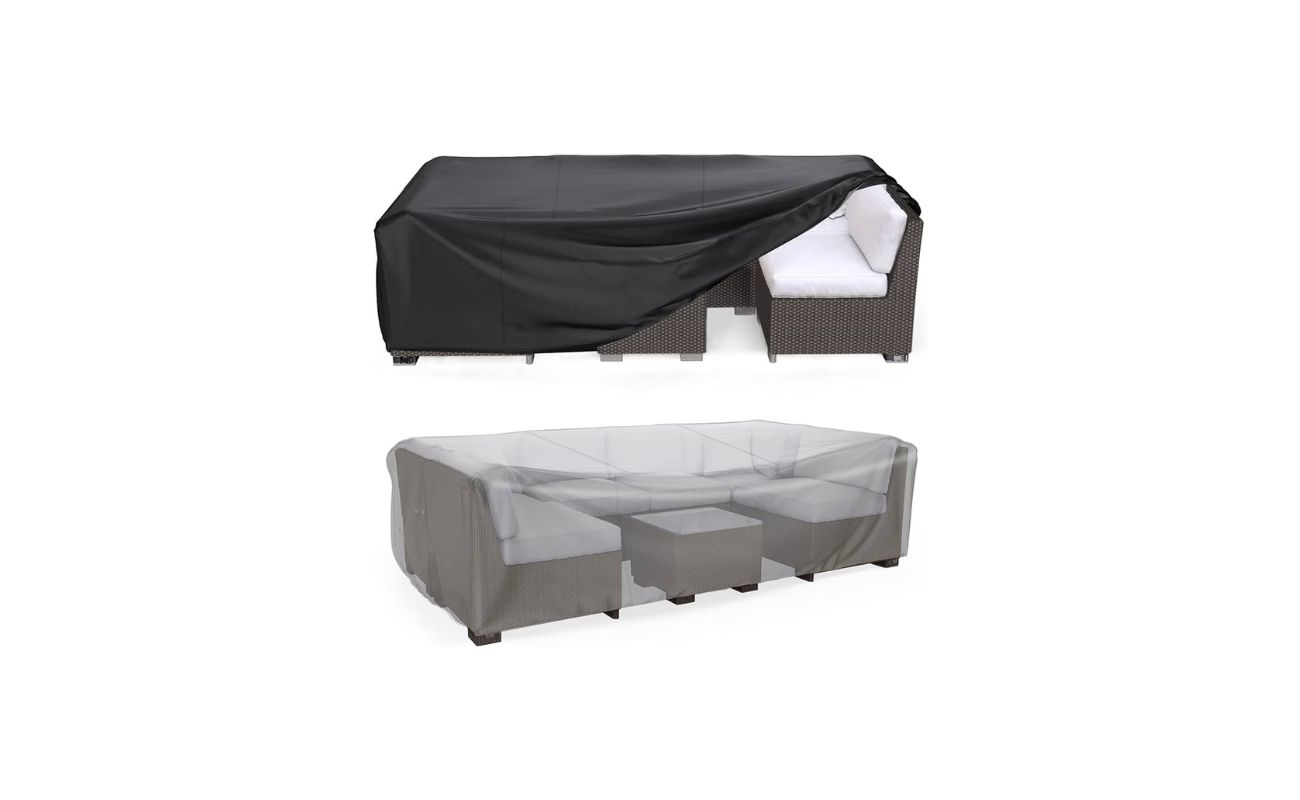
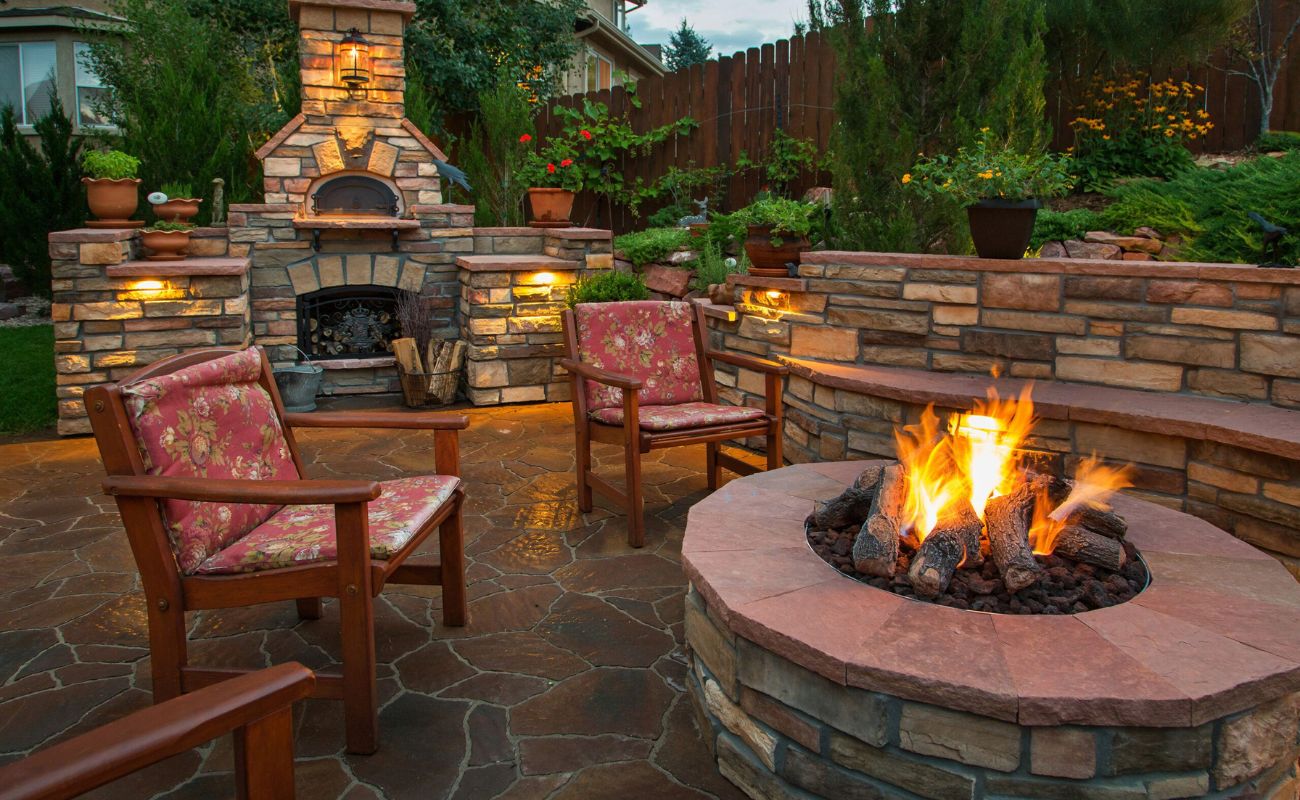
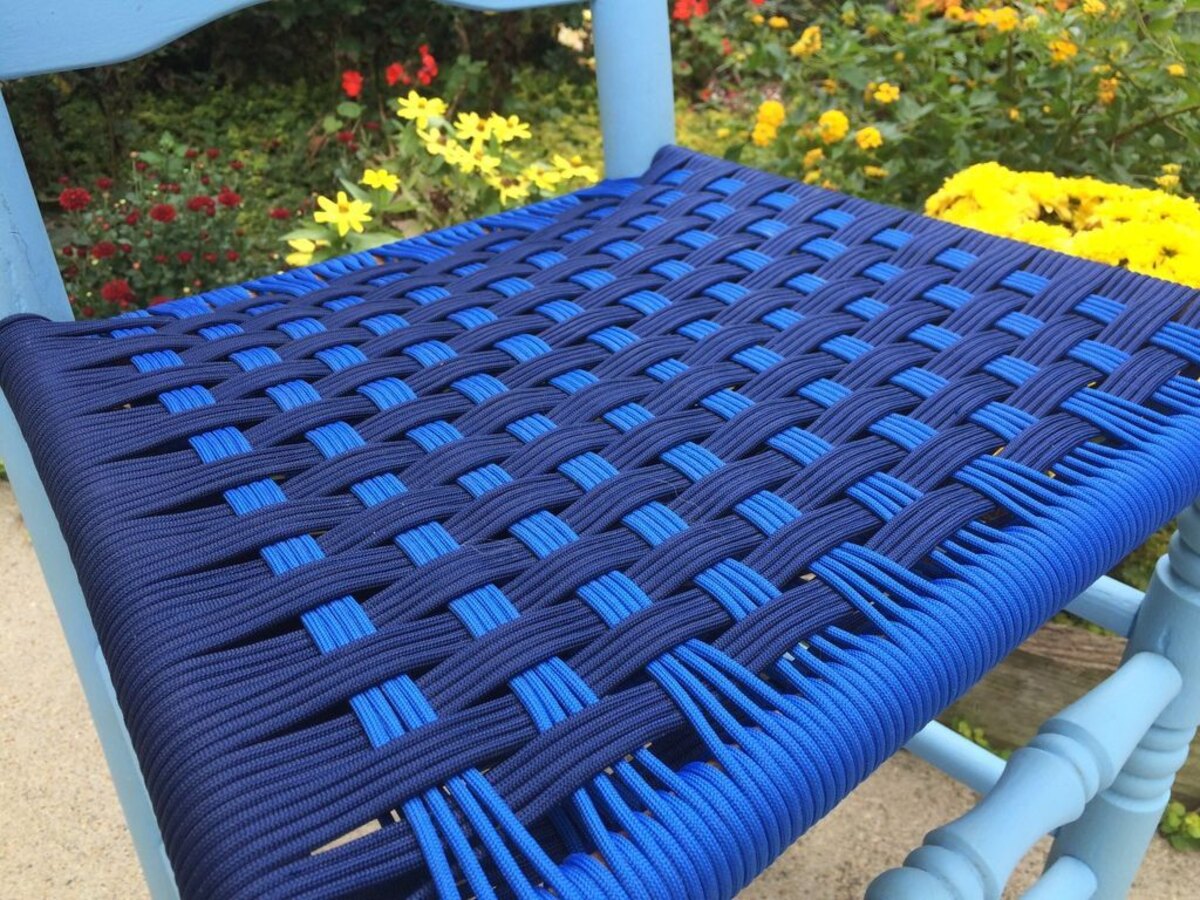
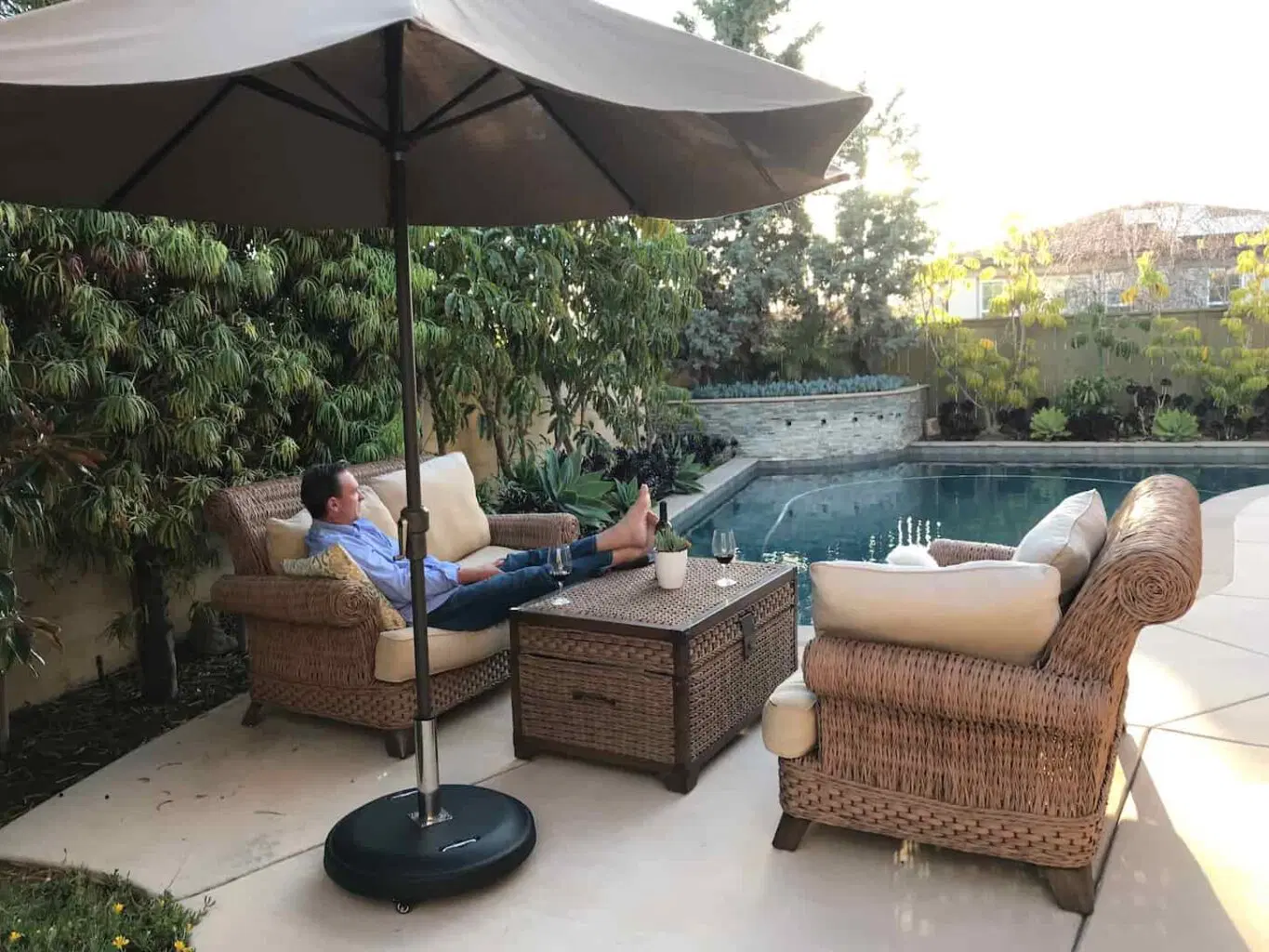
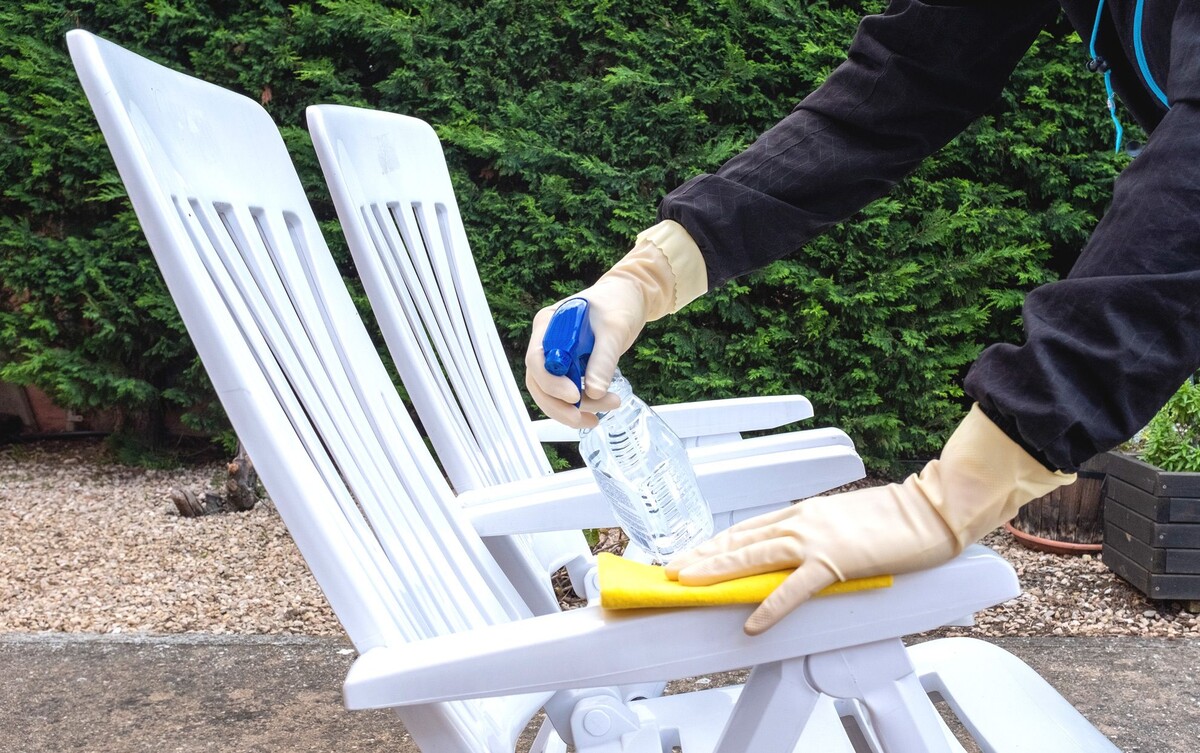

0 thoughts on “How To Protect Patio Furniture”